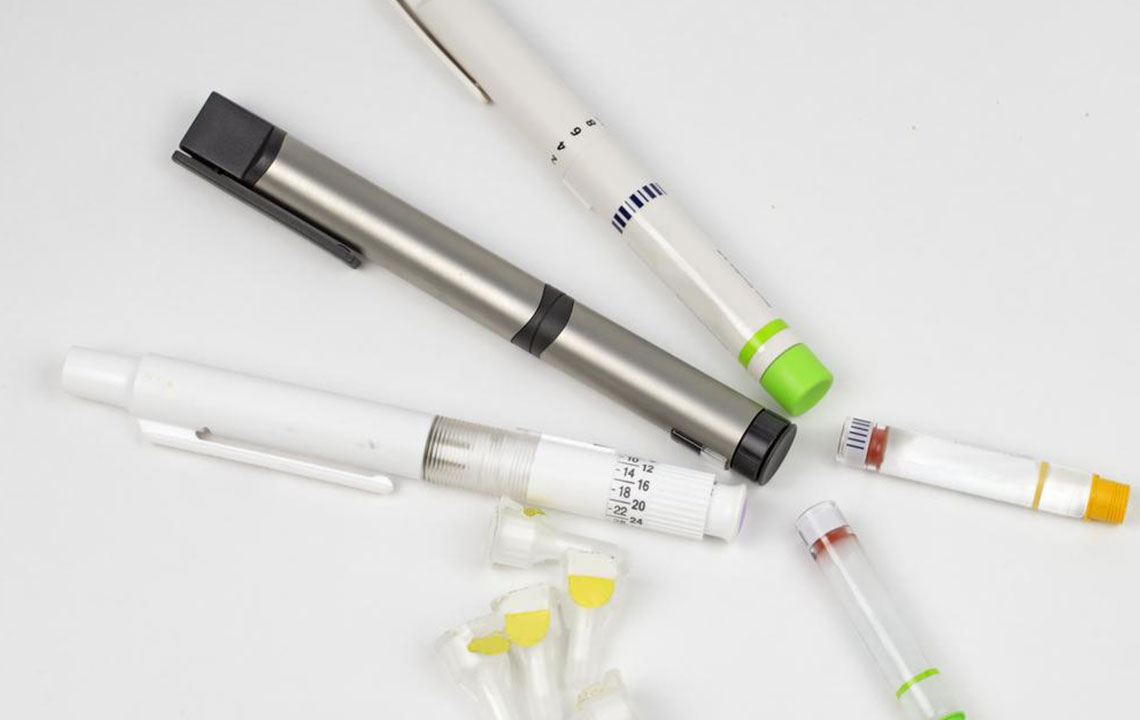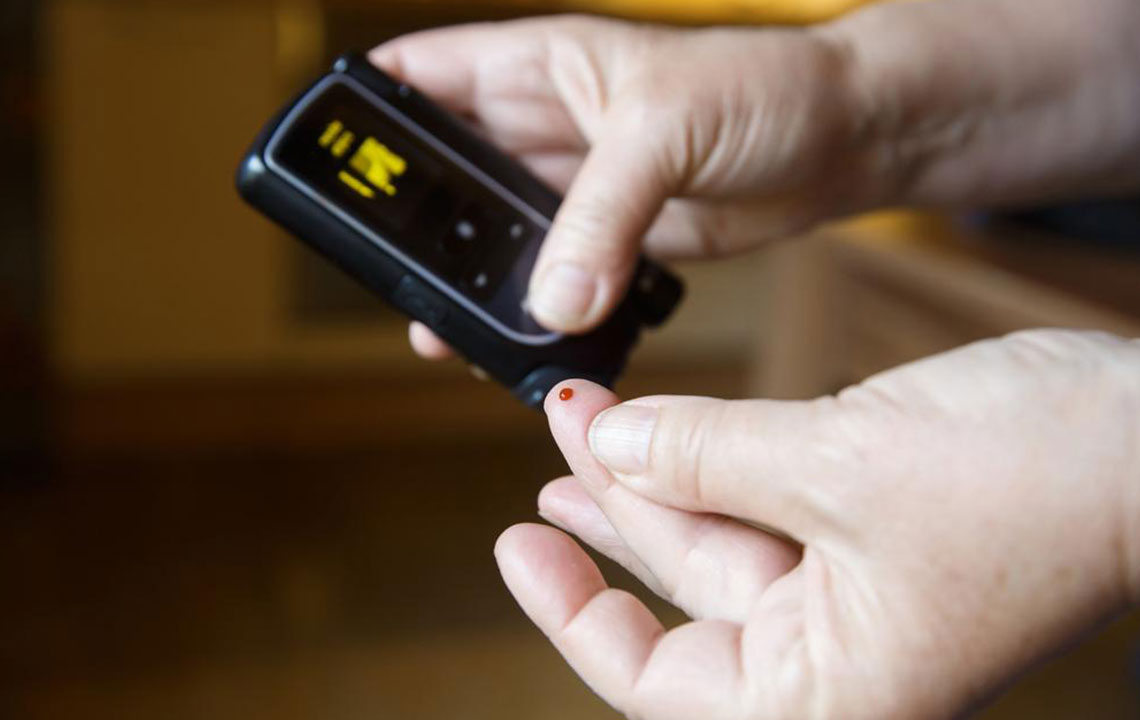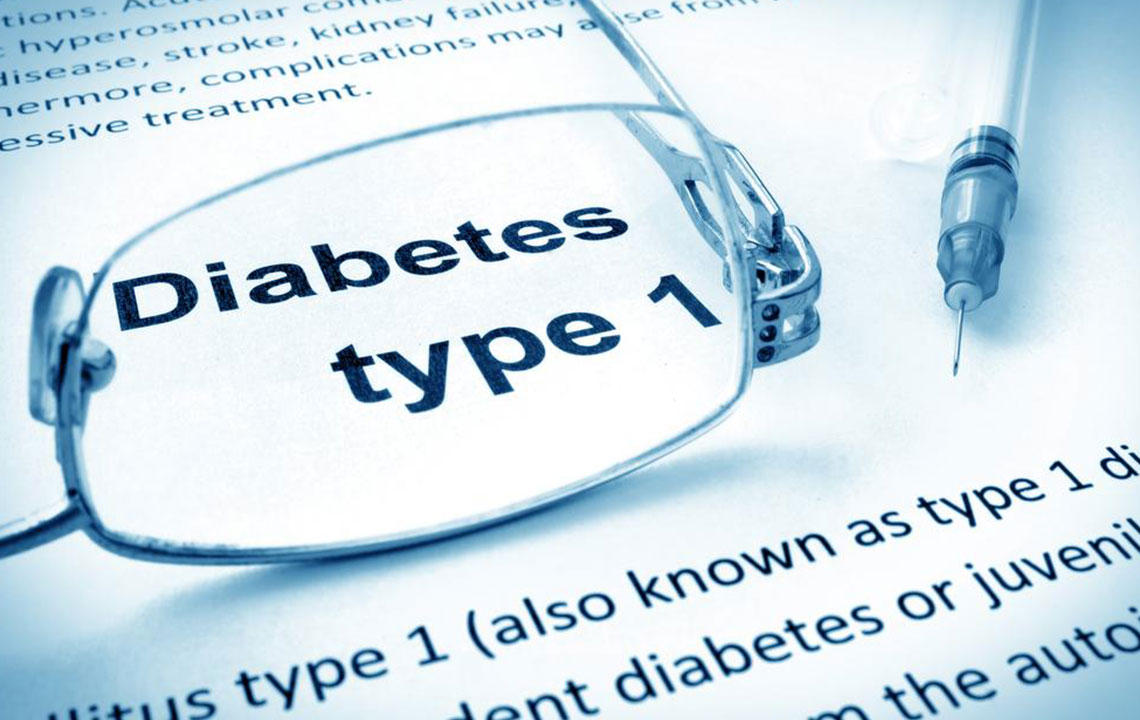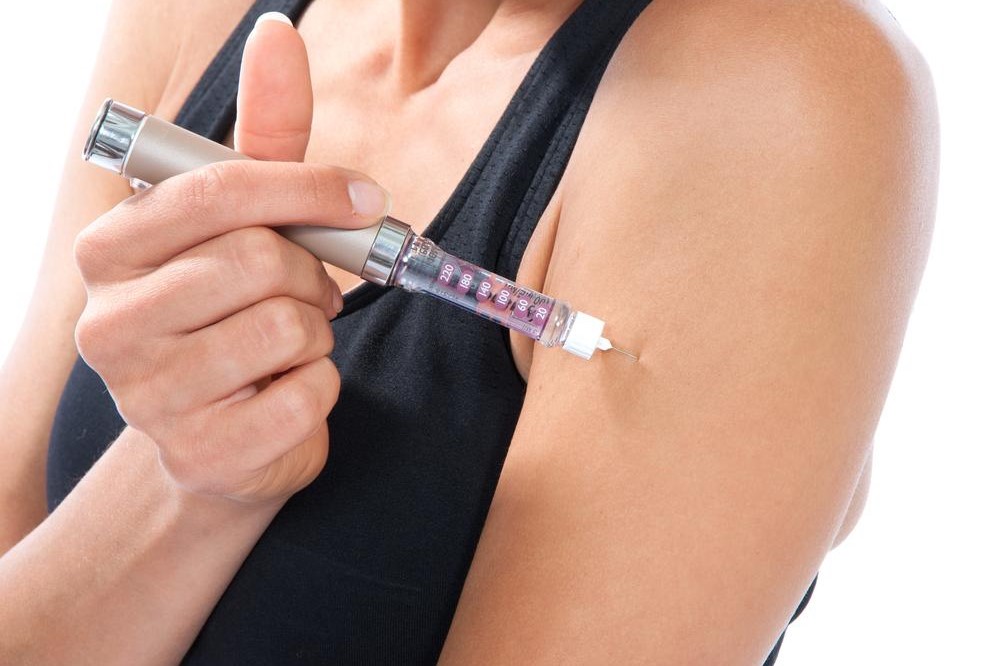Understanding Common Insulin Types for Diabetes Management
Learn about different types of insulin used in diabetes management, including their onset time, duration, and methods of administration. This guide helps patients understand their options for effective treatment and better blood sugar control.

Understanding Common Insulin Types for Diabetes Management
Insulin is a vital hormone produced by the body to regulate blood sugar levels. People with type 1 or type 2 diabetes often need insulin therapy to meet their body's hormonal needs.
Insulin can be delivered through injections, IV infusions, or advanced insulin pumps. The popularity of insulin pumps is rising in diabetes care. Below are some of the frequently used insulin types by patients.
Categories of insulin
Insulin varies by how quickly it acts and how long its effects last. They are also categorized based on their source and formulation.
By onset speed
Rapid-acting: Starts working within 15 minutes, peaks at 1-2 hours, and lasts 2-4 hours. Examples include Apidra and NovoLog.
Short-acting: Begins in about 30 minutes, peaks at 2-3 hours, and lasts 3-6 hours. Examples include Novolin and Velosulin (used with insulin pumps).
Intermediate-acting: Begins in roughly 2 hours, peaks between 4-12 hours, and lasts 16-24 hours. Example: NPH insulin.
Long-acting: Starts in 2-4 hours, has no peak, and maintains effect for 14-24 hours. Examples: Lantus, Levemir, Tresiba.
By formulation
Animal-derived insulin: Sourced from animals.
Human insulin: Manufactured in labs.
Analogue insulin: Lab-grown but modified for specific onset and duration characteristics.
Both human and analogue insulins are used to treat type 1 and type 2 diabetes. Administration options include injections via pens or syringes, IV under medical supervision, and insulin pumps. The treatment plan is tailored to the patient's needs, determining the type, dose, and delivery method of insulin.










